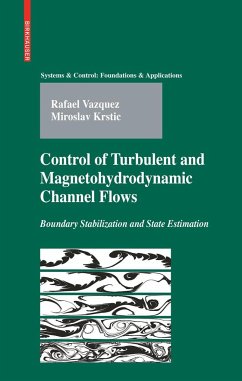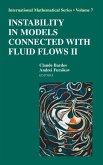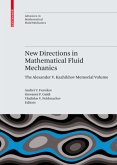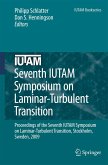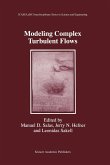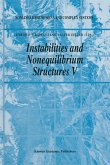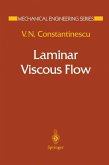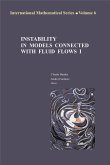This monograph presents new constructive design methods for boundary stabilization and boundary estimation for several classes of benchmark problems in flow control, with potential applications to turbulence control, weather forecasting, and plasma control. The basis of the approach used in the work is the recently developed continuous backstepping method for parabolic partial differential equations, expanding the applicability of boundary controllers for flow systems from low Reynolds numbers to high Reynolds number conditions.
Efforts in flow control over the last few years have led to a wide range of developments in many different directions, but most implementable developments thus far have been obtained using discretized versions of the plant models and finite-dimensional control techniques. In contrast, the design methods examined in this book are based on the "continuum" version of the backstepping approach, applied to the PDE model of the flow. The postponementof spatial discretization until the implementation stage offers a range of numerical and analytical advantages.
Specific topics and features:
_ Introduction of control and state estimation designs for flows that include thermal convection and electric conductivity, namely, flows where instability may be driven by thermal gradients and external magnetic fields.
_ Application of a special "backstepping" approach where the boundary control design is combined with a particular Volterra transformation of the flow variables, which yields not only the stabilization of the flow, but also the explicit solvability of the closed-loop system.
_ Presentation of a result unprecedented in fluid dynamics and in the analysis of Navier-Stokes equations: closed-form expressions for the solutions of linearized Navier-Stokes equations under feedback.
_ Extension of the backstepping approach to eliminate one of the well-recognized root causes of transition toturbulence: the decoupling of the Orr-Sommerfeld and Squire systems.
Control of Turbulent and Magnetohydrodynamic Channel Flows is an excellent reference for a broad, interdisciplinary engineering and mathematics audience: control theorists, fluid mechanicists, mechanical engineers, aerospace engineers, chemical engineers, electrical engineers, applied mathematicians, as well as research and graduate students in the above areas. The book may also be used as a supplementary text for graduate courses on control of distributed-parameter systems and on flow control.
Efforts in flow control over the last few years have led to a wide range of developments in many different directions, but most implementable developments thus far have been obtained using discretized versions of the plant models and finite-dimensional control techniques. In contrast, the design methods examined in this book are based on the "continuum" version of the backstepping approach, applied to the PDE model of the flow. The postponementof spatial discretization until the implementation stage offers a range of numerical and analytical advantages.
Specific topics and features:
_ Introduction of control and state estimation designs for flows that include thermal convection and electric conductivity, namely, flows where instability may be driven by thermal gradients and external magnetic fields.
_ Application of a special "backstepping" approach where the boundary control design is combined with a particular Volterra transformation of the flow variables, which yields not only the stabilization of the flow, but also the explicit solvability of the closed-loop system.
_ Presentation of a result unprecedented in fluid dynamics and in the analysis of Navier-Stokes equations: closed-form expressions for the solutions of linearized Navier-Stokes equations under feedback.
_ Extension of the backstepping approach to eliminate one of the well-recognized root causes of transition toturbulence: the decoupling of the Orr-Sommerfeld and Squire systems.
Control of Turbulent and Magnetohydrodynamic Channel Flows is an excellent reference for a broad, interdisciplinary engineering and mathematics audience: control theorists, fluid mechanicists, mechanical engineers, aerospace engineers, chemical engineers, electrical engineers, applied mathematicians, as well as research and graduate students in the above areas. The book may also be used as a supplementary text for graduate courses on control of distributed-parameter systems and on flow control.

